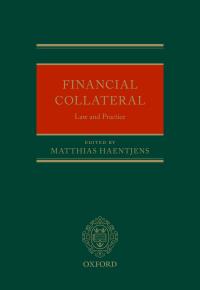Question
Problem 18-04 Consider the following historical performance data for two different portfolios, the Standard and Poors 500, and the 90-day T-bill. Investment Average Rate of
| Problem 18-04 Consider the following historical performance data for two different portfolios, the Standard and Poors 500, and the 90-day T-bill.
| |||||||||||||||||||||||||||||||||||||||||||||||||||||||||||||||
Step by Step Solution
There are 3 Steps involved in it
Step: 1

Get Instant Access to Expert-Tailored Solutions
See step-by-step solutions with expert insights and AI powered tools for academic success
Step: 2

Step: 3

Ace Your Homework with AI
Get the answers you need in no time with our AI-driven, step-by-step assistance
Get Started


